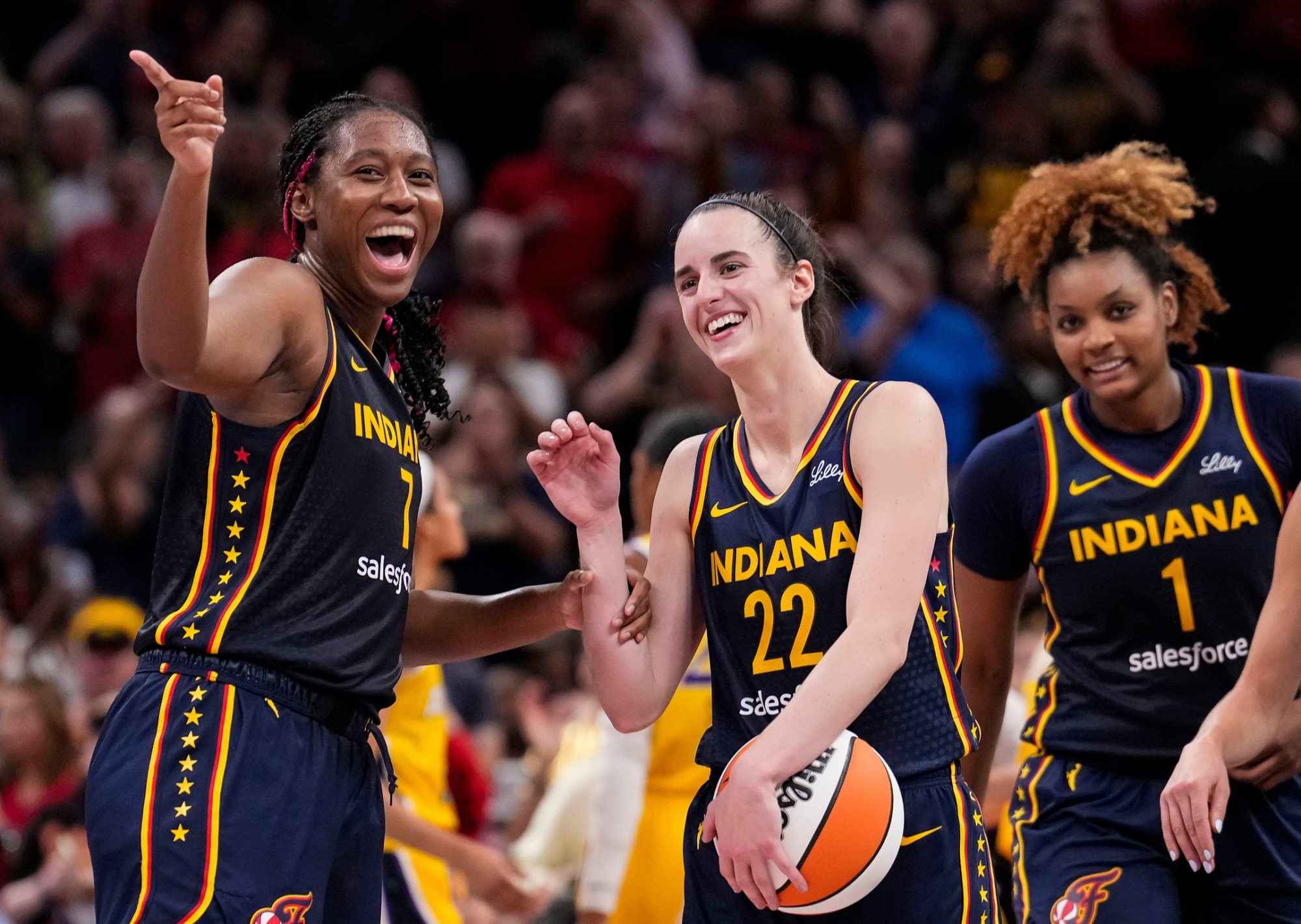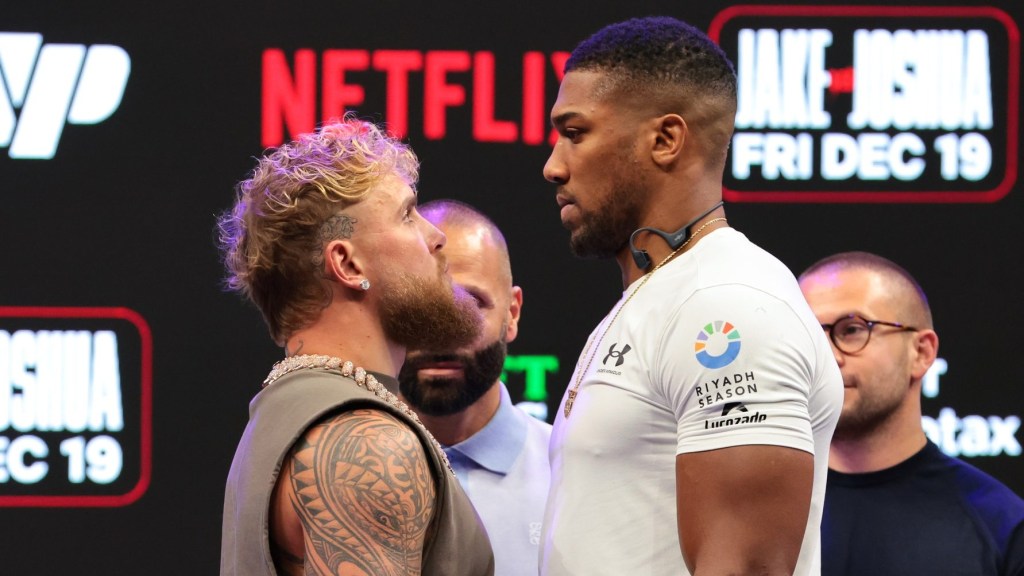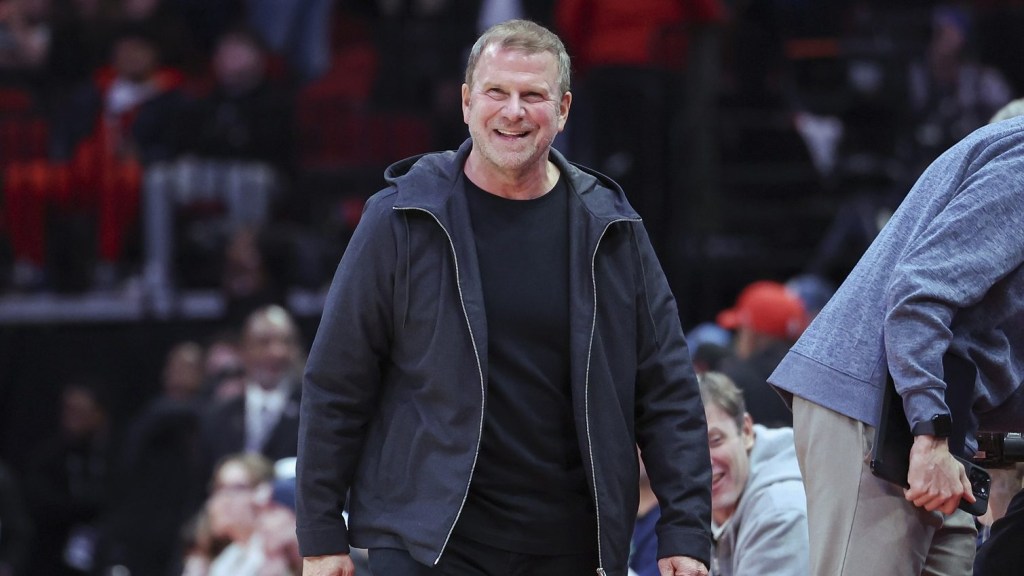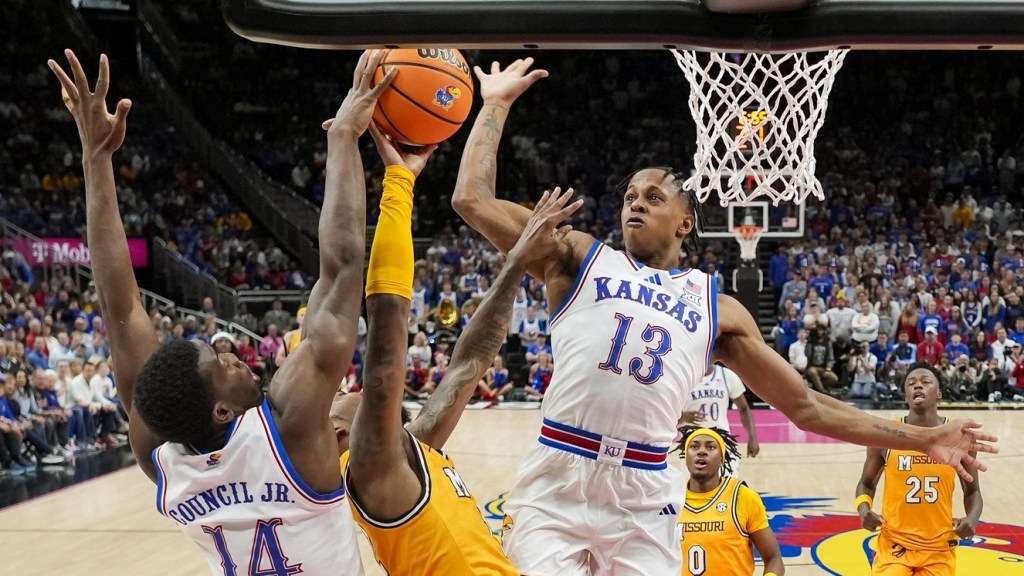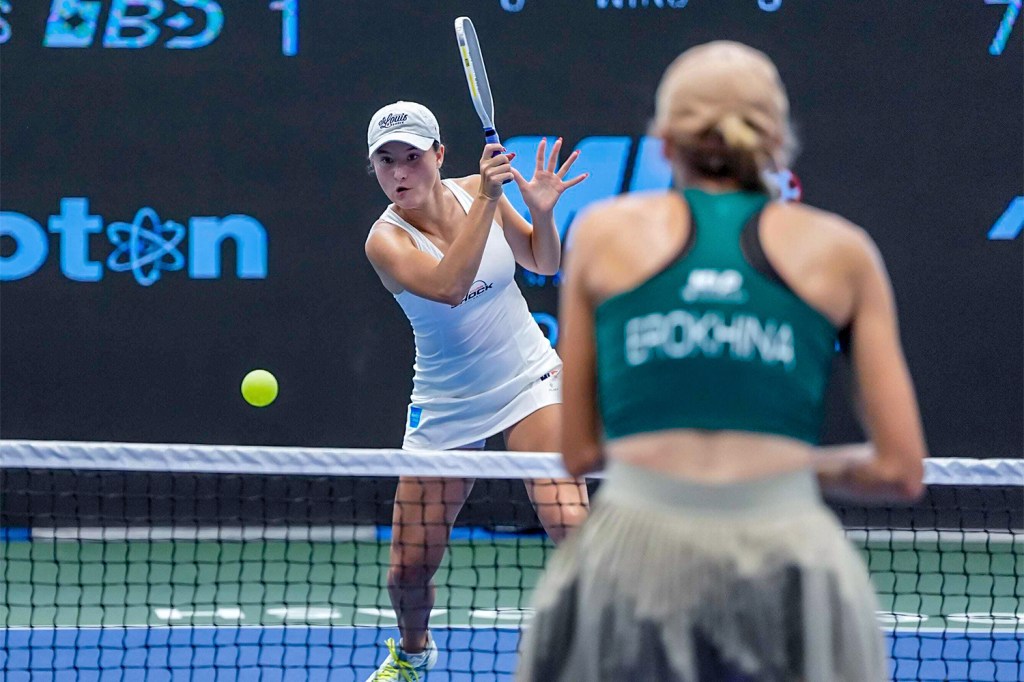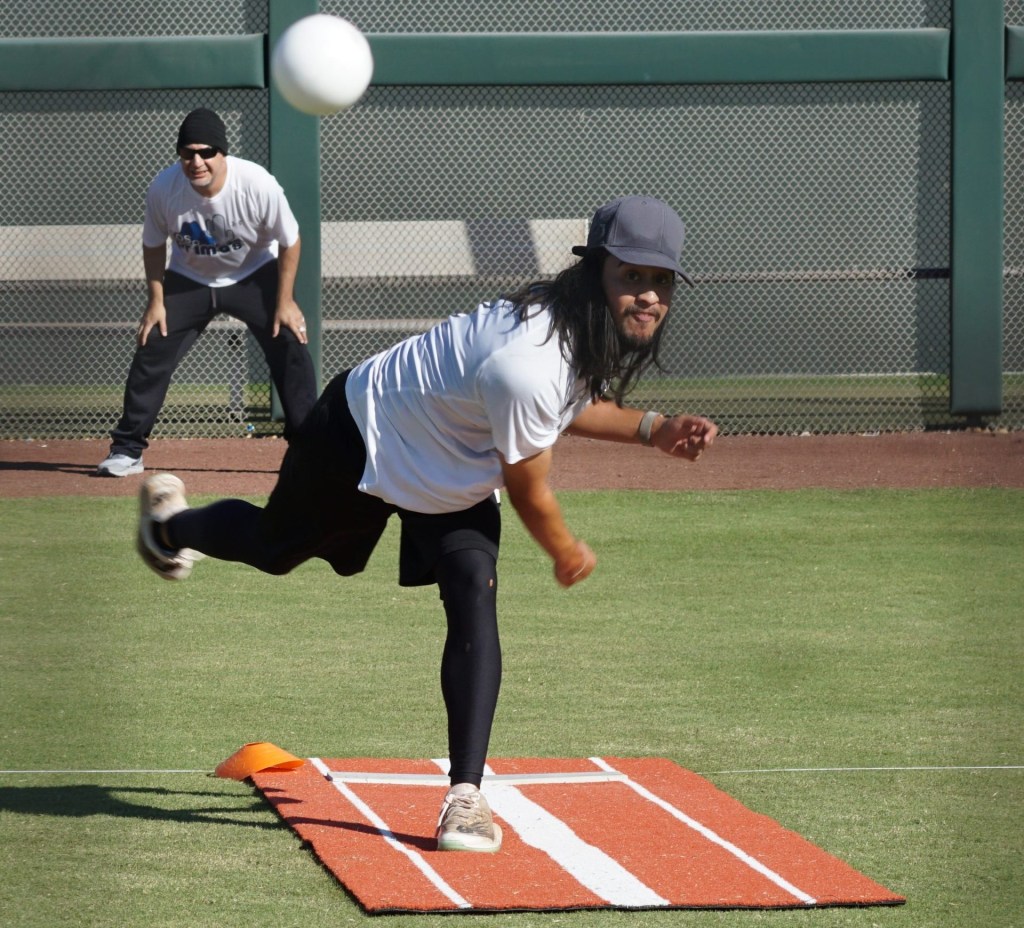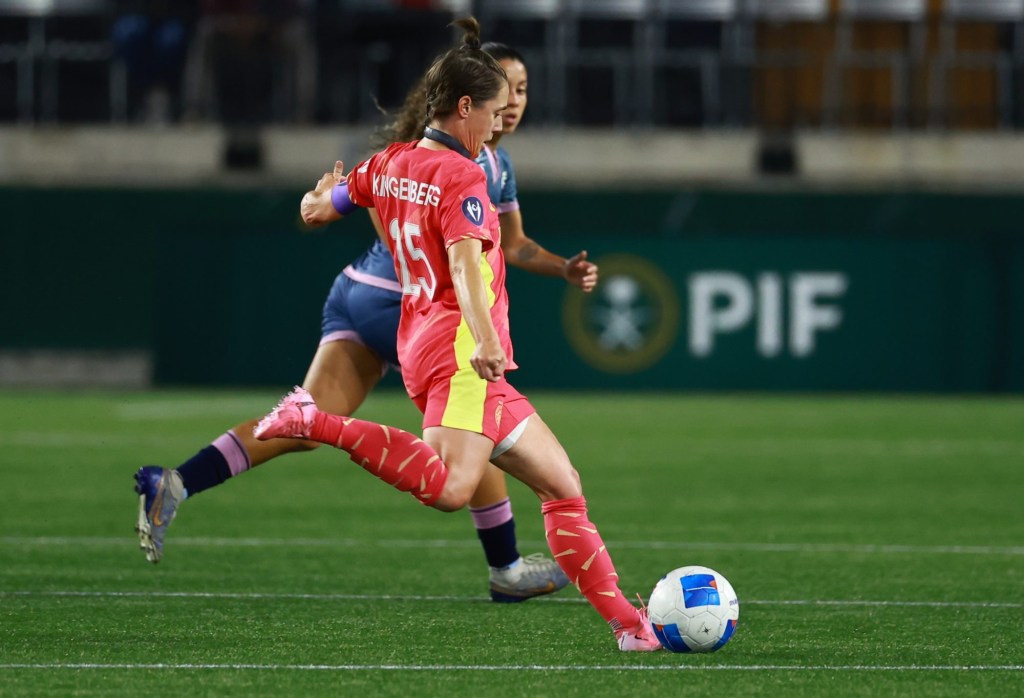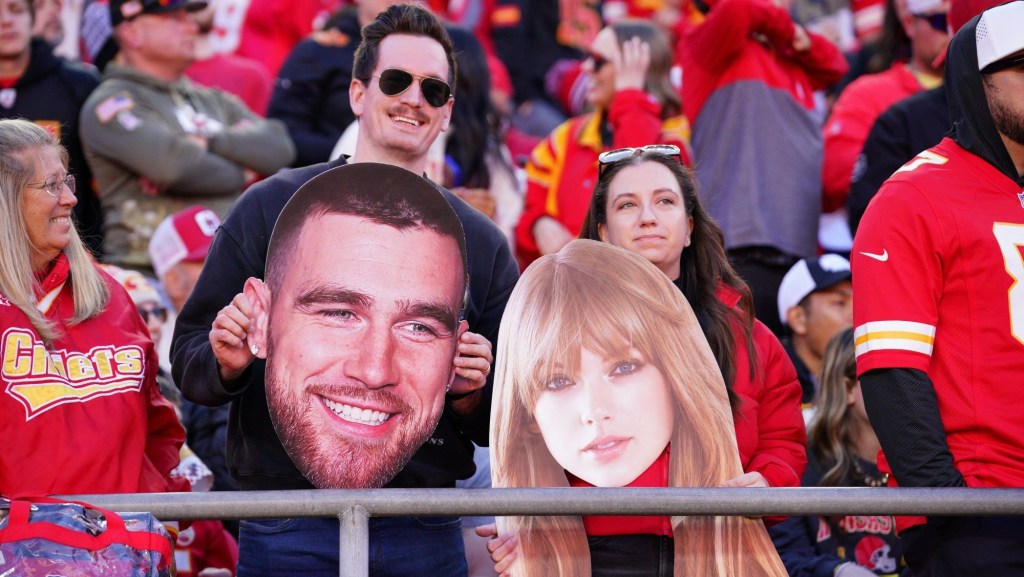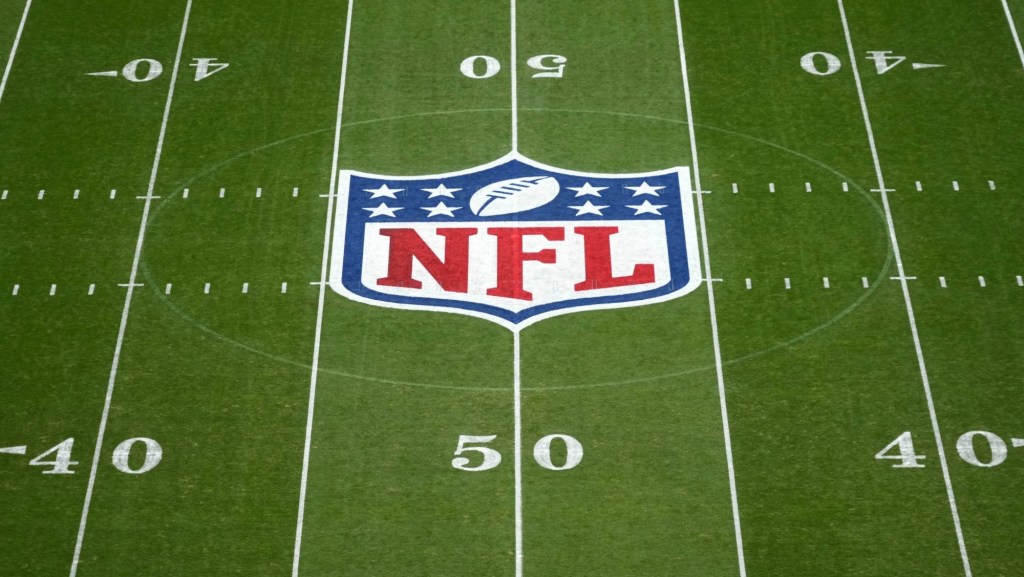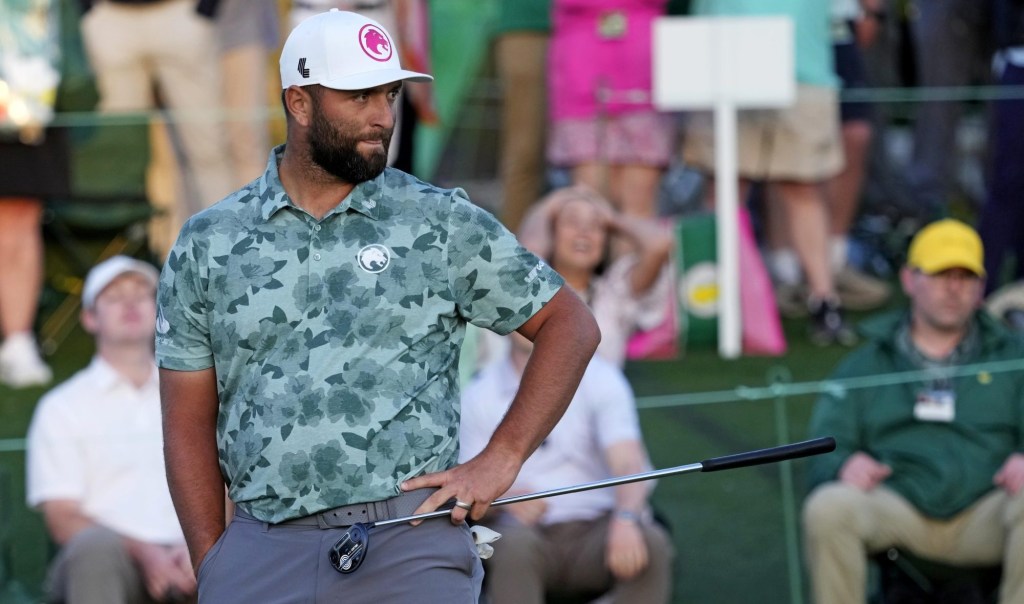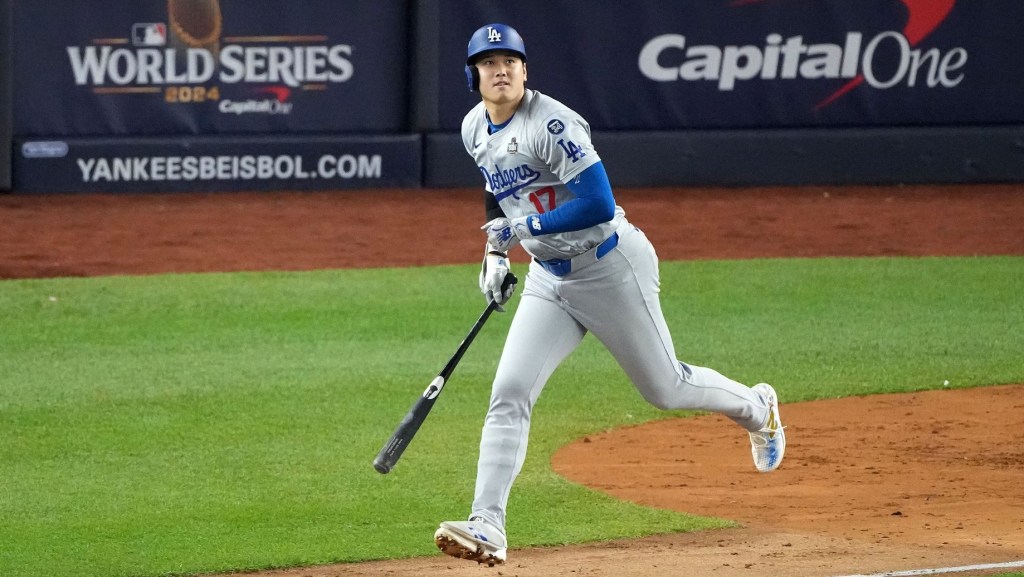From the NCAA women’s championship outdrawing the men’s to the WNBA’s $2.2 billion media-rights deal, the number of people following women’s basketball has never been higher.
Building on years of momentum, the sport reached new heights this spring with an electric March Madness tournament. The excitement carried into the WNBA season over the summer, when players including Caitlin Clark, A’ja Wilson, and Arike Ogunbowale delivered brilliant and record-breaking performances that swelled interest in the league like never before. At the Olympics, Team USA won its eighth consecutive gold medal in Paris. And now, as the college basketball season is hurtling toward new conference matchups this winter, the 3-on-3 league Unrivaled prepares to launch its inaugural season in Miami.
Here’s a look back at some of the major moments that drove the business growth of women’s basketball over the course of 2024.
January
- The NCAA announced an eight-year, $920 million deal with ESPN to broadcast 40 championships including women’s basketball. It valued the women’s tournament at $65 million per year and began Sept. 1.
February
- Sabrina Ionescu competed against Stephen Curry in a three-point contest at NBA All-Star weekend. The two shot from the same line, and the Saturday Night audience—the NBA’s largest in four years—peaked with 5.4 million viewers during the New York Liberty guard’s one-shot loss.
March
- All five NCAA conference tournaments saw attendance and viewership boosts, including the first sellout of the Big Ten tournament two weeks before the event. Millions of viewers tuned in to multiple conference title games.
April
- The women’s March Madness final outdrew the men’s championship for the first time in history with 18.9 million viewers on ABC/ESPN. The South Carolina win over Iowa was the largest audience for a women’s college basketball game, a record broken just days earlier in the Elite Eight and Final Four.
- The WNBA draft averaged 2.45 million viewers in the largest league telecast since 2000. The moment signaled the new crop of women’s basketball fans would indeed spill over into the WNBA (which even caught the league off guard).
May
- WNBA commissioner Cathy Engelbert announced league-wide charter flights for the first time, estimating it would cost the league about $25 million per year. The move came days after Clark and her teammates were recorded in the airport, and its rollout wasn’t perfect.
- The WNBA selected Toronto as its next expansion team, bringing the league to 14 franchises. Recently unveiled as the Toronto Tempo, the team will begin play in 2026.
June
- The Indiana Fever surpassed their total 2023 home attendance in just five games. Ticket sales to see Clark also boomed on the road, with the Las Vegas Aces, Washington Mystics, Atlanta Dream, and Los Angeles Sparks all moving games against the Fever to bigger arenas.
July
- The WNBA agreed to an 11-year, $2.2 billion media-rights deal with ESPN, Amazon, and NBC to begin in the 2026 season. That brings the annual media cash flow from $60 million to $200 million, with the potential to go even higher. Big names, including the WNBPA and Cheryl Miller, said the agreement undervalued the league, but the media partners will reevaluate the deal after three years.
- The WNBA All-Star Game between Team USA and Team WNBA drew 3.44 million viewers, which remains the league’s third-most-watched game of all time. It more than doubled the previous All-Star record.
August
- Paige Bueckers and Unrivaled announced an NIL deal making the UConn star the first college athlete to receive equity in a professional sports league. LSU’s Flau’jae Johnson joined her in December.
September
- The WNBA announced Portland as the 15th franchise. The team is set to begin play in 2026 alongside the Toronto Tempo. The Bhathals, who own the Portland Thorns and co-own the Sacramento Kings, reportedly paid $125 million for the team.
October
- Unrivaled and TNT Sports unveiled a multiyear media deal for an undisclosed amount. The deal signaled a big stamp of approval for the upstart league, especially because TNT also simultaneously invested an undisclosed amount on top of the media partnership.
- The WNBA Finals drew its best average attendance ever and largest single-game TV audience of the 2000s. During the postgame championship celebration, Liberty owner Clara Wu Tsai talked about the importance of investing in women’s sports, including “facilities and performance and nutrition” and moving the team from a tiny suburban arena to the Barclays Center.
- The Women’s National Basketball Players Association opted out of its collective bargaining agreement, an anticipated move that opens the door for players to get more money from the new media deal. The current agreement will now expire Oct. 31, 2025. One of the WNBPA’s major goals of negotiations is bringing practice and game facilities to a minimum standard across the league.
November
- Women’s college basketball began its first season since major conference realignment, which dismantled the sport’s West Coast powerhouse of the Pac-12. Top-ranked teams like UCLA, USC, Texas, and Oklahoma all changed conferences, meaning new matchups and farther road trips.
December
- The Golden State Valkyries chose their first 11 players in the WNBA’s first expansion draft since 2008. Former Iowa standout and fan favorite Kate Martin headlines the franchise for her former Aces assistant, Natalie Nakase.
Next year is set to bring lots of newness—and growth—for women’s basketball. A 3-on-3 league, Bay Area team, CBA for the WNBPA, and two more WNBA expansion drafts for Toronto and Portland are all on the horizon. At the college level, the NCAA will vote in January on introducing March Madness units, the system of millions of dollars in prize money distributed to conferences that already exists on the men’s side.
If 2024 was the year that mainstream interest in women’s basketball skyrocketed, 2025 will be the year it’s cemented.
